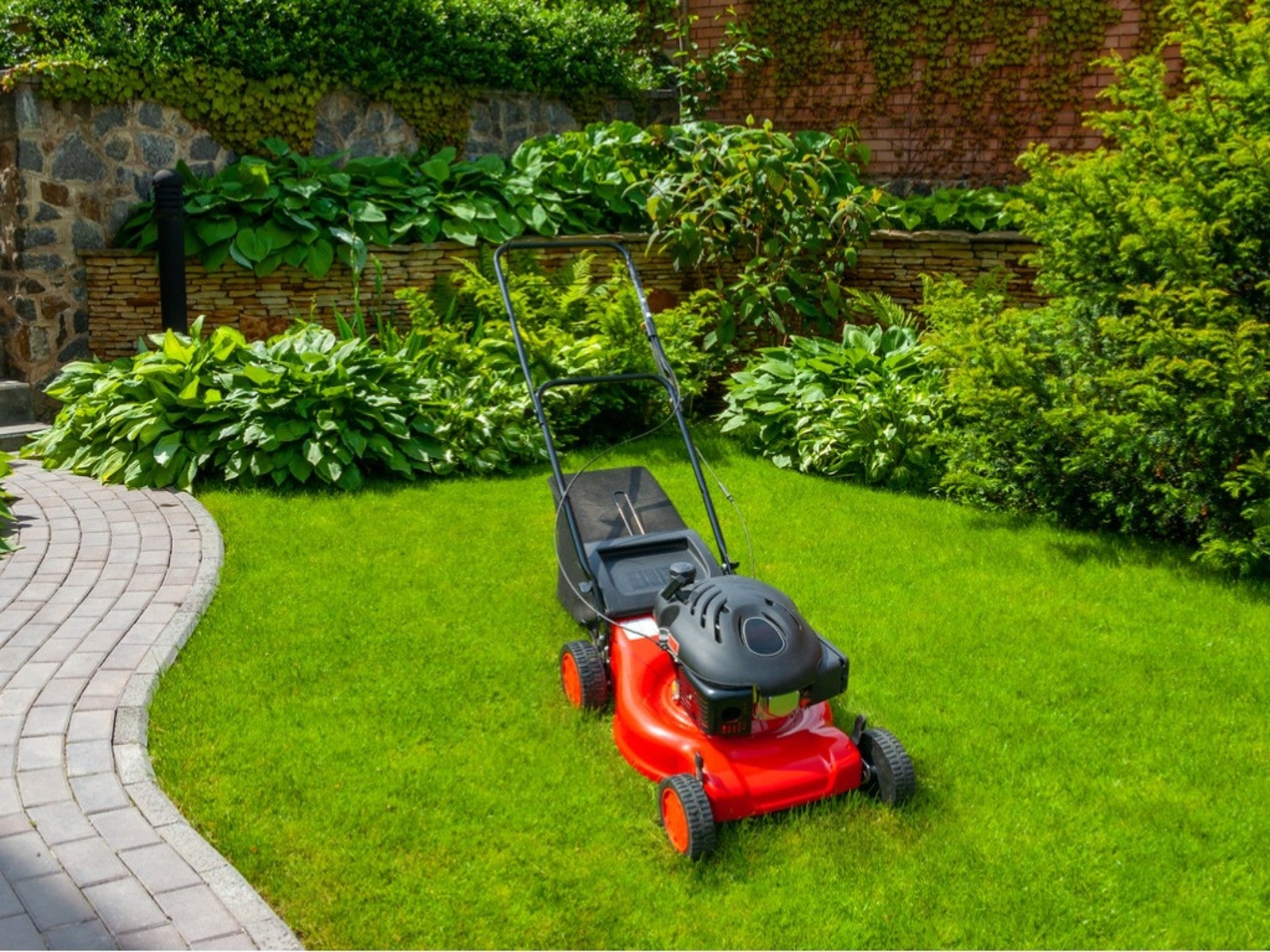
Lawns didn’t become popular in the Northeast United States until the late 18th century, but the first lawns were cultivated around English and French castles out of necessity. Today there’s probably at least one home on the block that has a lawn that’s the envy of all the others, and that comes down to choosing the best grass seed and the best time to plant grass seed in the Northeast. It also means paying attention to a strict lawn fertilizer schedule in the Northeast, weed control and fall lawn care for Northeast lawns. Read on to learn how to get that picture-perfect lawn for your landscape.
Choosing Grass for Northeast Lawns
As mentioned earlier, lawns were cultivated out of necessity around the 16th century. Trees would be felled, shrubbery removed and wild grasses allowed to grow naturally around the castles. The reasoning was so that enemy soldiers couldn’t sneak up on the castle and so that the castle inhabitants could keep an eye on the surrounding countryside.
The grasses we grow today weren’t part of the lawns of the 16th century. Today’s turf grasses have been especially selected/developed with certain criteria in mind. New England grasses usually contain Kentucky bluegrass due to its tolerance for cold temps. Other grasses that might be part of a turf mix include fescues, perennial ryegrass, buffalo grass, bentgrass, blue grama, St. Augustine, centipede grass, and switchgrass to name a few.
When to Plant Grass Seed in the Northeast
In the Northeast, sow grass seed in the late summer to early fall when there is less weed competition and temperatures are cool enough for the grass to germinate and grow. Seeding any later than October is not recommended as soils may be too wet.
If you plan on renovating areas of thin turf or smaller barren areas, you can overseed in the late winter, spring or early fall.
Sod can be laid at almost any time of year provided irrigation is available. However, laying sod in the hot, dry summer months will require extra water and more time to establish.
How to Fertilize Lawns in the Northeast
Turf grasses require more nitrogen, phosphorus, and potassium than is available in the soil, so fertilizing becomes a necessity for the perfect lawn. A soil test is the best way to determine how much of any nutrient your sod needs. If you are using a mulching mower, you may not need to supplement nutrients since the grass clippings break down and add them to the lawn.
Sign up for the Gardening Know How newsletter today and receive a free copy of our e-book "How to Grow Delicious Tomatoes".
Generally, however, turf grasses should have an annual application of nitrogen in the form of a slow-release fertilizer during the mid- to late spring and/or late summer or early fall. Apply fertilizer according to the manufacturer’s instructions.
Do not use an all in one weed killer/fertilizer since the application rates are based on the weed killer, not the fertilizer. Do not apply fertilizer if rain is imminent.
Weeds in Turf Grass
Weeds in the lawn are not necessarily a bad thing. Many weeds such as dandelions and clover provide valuable food sources for bees. If you are allergic to bees or the clover is overtaking the turf, then maybe it’s time to investigate methods for weed control.
The best way to control weeds is to grow healthy grass. Choose the best grass seed or mix for your conditions. Water and mow to encourage grass growth -- infrequent irrigation and low mowing contribute to weed growth. Compact soil and pest infestation also give weeds the go ahead. Keep the lawn healthy by fertilizing at the appropriate times with the correct rates.
Of course the most time consuming but the least harmful to the environment is to go out and remove the weeds by hand.
Mowing Tips
- Proper mowing can go a long way in maintaining a healthy lawn.
- Unless your grass is only mowed infrequently, there is no reason to bag or rake grass clippings. Just leave them to decay where they will add valuable nutrients back into the turf grass.
- Try not to mow when the grass is wet. Wet conditions won’t kill the grass but they will cause compacted soil which can lead to water runoff and other issues.
- Vary the direction you go on each mowing to encourage upright grass growth.
- Keep mower blades sharp. Dull blades tear grass resulting in injury.

Amy Grant has been gardening for 30 years and writing for 15. A professional chef and caterer, Amy's area of expertise is culinary gardening.
